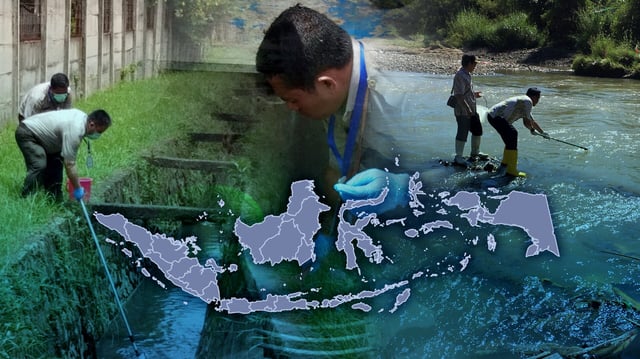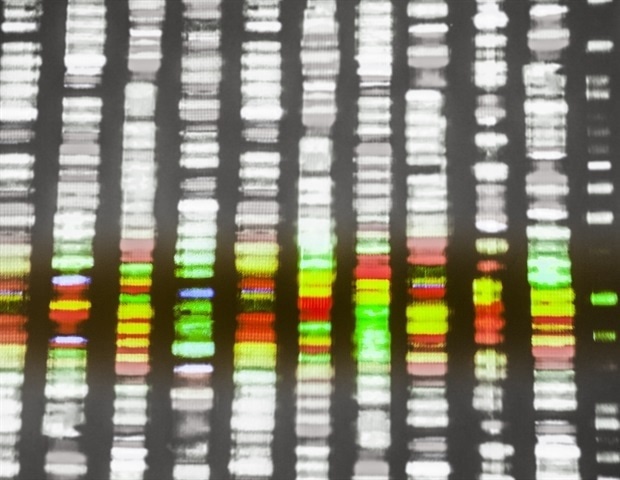Overview
- Pilot study integrating handheld MinION nanopore sequencers into six Greater Jakarta chicken slaughterhouses achieved lab-comparable accuracy in identifying resistance genes and virulence factors.
- Testing of wastewater and river samples revealed higher levels of antibiotic-resistant E. coli at downstream sites, implicating slaughterhouse effluent in environmental spread.
- The field-deployable sequencing platform delivered near real-time genomic data collection with up to 100% agreement to traditional lab methods, reducing surveillance lag.
- Researchers detected resistant bacteria in both treated and untreated wastewater, exposing gaps in slaughterhouse waste management and regulatory oversight.
- Plans are in place to expand the mobile sequencing approach to farms, wet markets and other contexts under a unified One Health strategy.

